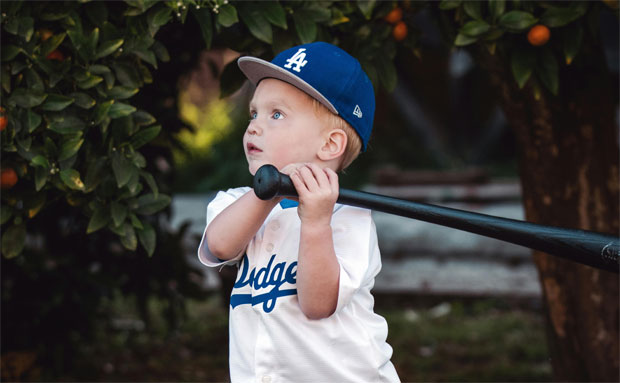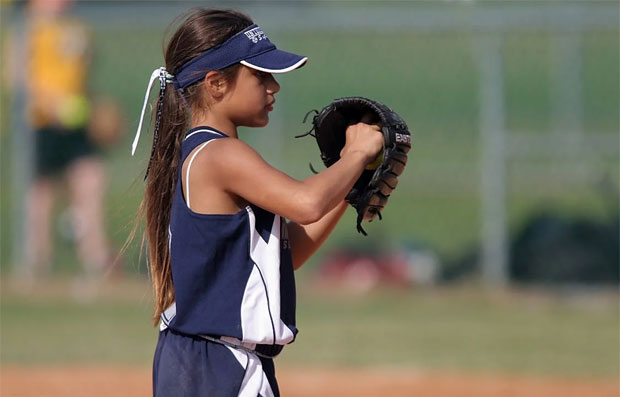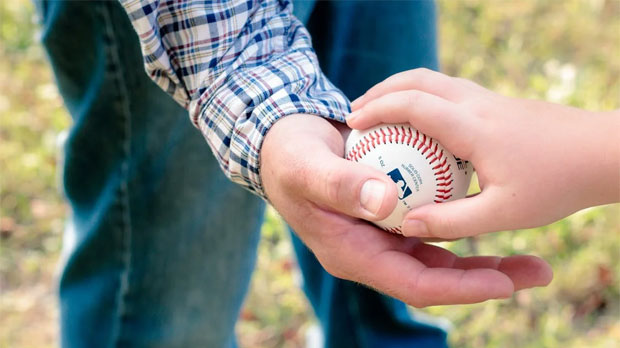How to Improve Your Backyard for Your Child to Practice Their Baseball Skills

How to Improve Your Backyard for Your Child to Practice Their Baseball Skills
Improving your backyard to create an optimal space for your child to practice their baseball skills can be a rewarding project that enhances their development and also their enjoyment of the sport. Whether your child is just starting out or already has some experience, here are some practical steps and ideas to transform your backyard into a baseball haven.
Assessing the Space
Did you know that 90% of homeowners believe that it is important to maintain their yards? Before diving into any renovations or additions, take some time to assess your backyard with these tips:
- Size and Layout: Evaluate the size of your backyard and its layout. Specifically, you want enough space for your child to swing a bat comfortably without the risk of hitting obstacles.
- Surface: Look at the ground surface. A flat, even surface is best for batting practice. If your yard has uneven terrain, you might need to level certain areas.
- Safety: Ensure there are no hazards such as rocks, sharp objects, or overhanging branches that could interfere with your child’s practice or pose a safety risk.
- Pest Management: If you have a garden in your backyard, remember that food crops compete with 10,000 species of plant-eating insects. Spray for insects so your backyard remains a bug-free space for your child.

Key Elements for Improvement
Consider these essential elements for your child’s baseball practice area:
- Installing a Backstop or Netting: One of the first considerations is installing a backstop or netting to prevent baseballs from flying into neighboring yards or causing damage. This can be as simple as setting up netting behind the designated batting area or constructing a more permanent backstop using materials like plywood and netting. You’ll likely need netting or plywood, poles or stakes, and hardware for securing.
- Building a Batting Cage: For a more dedicated practice space, also consider building a batting cage. This can be a larger project but offers significant benefits in terms of safety and convenience. Purchase netting or fencing material, poles or posts, ground anchors, and tools for assembly.
- Creating a Pitching Mound: If your child is particularly interested in pitching, creating a pitching mound can provide them with a realistic practice environment. You’ll need dirt or clay, wooden planks for framing, and tools for levelling.
- Adding a Baseball Pitchback: A pitchback is a rebounding net that allows players to practice throwing and fielding skills independently. It’s a great addition to any backyard setup specifically designed for baseball practice. Get a pitchback net, sturdy frame, or stand.
- Marking Bases and Field Boundaries: To simulate game conditions, consider marking bases and field boundaries with chalk or removable markers. This helps your child practice fielding and base-running skills.
Enhancing Practice With Equipment
Ensure your child has the right equipment for their practice sessions. This includes:
- Baseball Bat: Choose a bat suited to your child’s height and strength.
- Baseballs: Have enough baseballs for consistent practice.
- Gloves: A good-quality glove that fits properly is essential.
- Batting Tee: Useful for batting practice and improving swing mechanics.
- Pitching Machine: If budget allows, a pitching machine can be an excellent investment for consistent pitching practice. Your child can strive to achieve the average pitching speed of someone in the Major League, which is 90 to 100 MPH!

Creating a Comfortable Environment and Ensuring Safety
Provide seating for spectators (parents, siblings, friends) and also consider adding shade options like umbrellas or a small canopy for hot days. Keep equipment organized with storage solutions such as bins, hooks, or a small shed dedicated to baseball gear. Now, consider the following safety tips:
- Regular Inspections: Periodically inspect equipment, netting, and any structures for wear and tear. Repair or replace as needed to maintain safety.
- Ground Maintenance: Keep the playing surface clean and free of debris. Regularly mow the lawn and remove any obstacles.
- Safety Rules: Establish basic safety rules for using the backyard baseball area. Emphasize the importance of wearing helmets during batting practice and being aware of your surroundings.
Encouraging Practice and Fun
First, set practice goals. Encourage your child to set achievable practice goals, whether it’s improving batting average, accuracy in pitching, or fielding skills. Second, celebrate progress. Celebrate milestones and improvements to keep your child motivated and excited about practicing. Finally, play with friends and family. You can do this by encouraging friendly games or practice sessions with siblings, friends, or other family members to make it a social and enjoyable experience.
By creating a dedicated space with the right equipment and safety measures, you will encourage your child to practice their baseball skills. This will enhance their skills, enjoyment of the game, and overall experience. Whether you start with simple adjustments or embark on larger projects like batting cages or pitching mounds, each improvement contributes to fostering their love for baseball and supporting their development as a player. With these ideas in mind, you’re ready to transform your backyard into a perfect place for your child to hone their baseball skills. You will also create lasting memories.
Guest Article.




